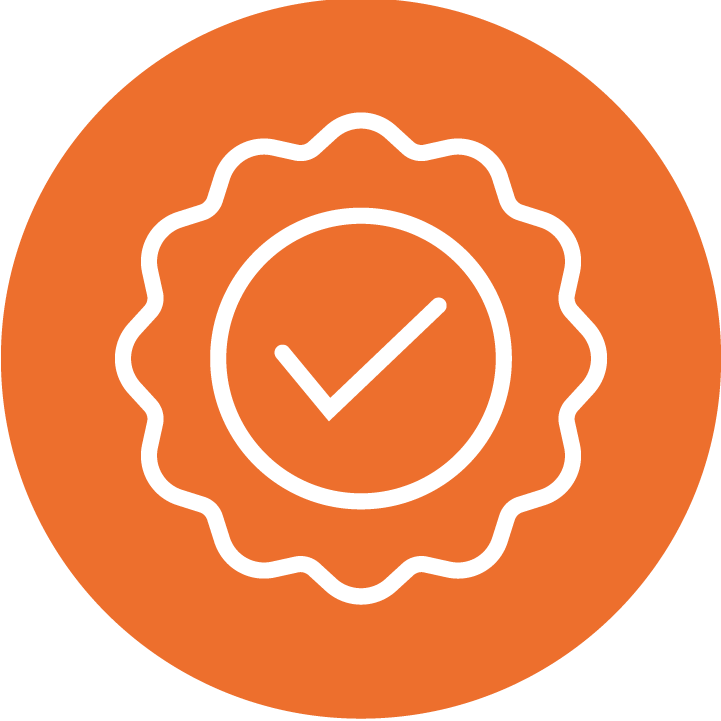MENU
High frequency percussive airway clearance utilizing two devices in simulation of mucous clearance, without spontaneous breathing, both with and without mechanical ventilation
Conomon, D., et al. Respiratory Care. 2021.
In a 2021 bench test, researchers found that, even with similar settings, OLE cleared less simulated mucus than IPV therapy. IPV cleared 61.96% of mucus versus 17.54% for OLE with invasive ventilation, and 55.33% versus 4.89% without invasive ventilation.
Intrapulmonary percussive ventilation in acute exacerbations of COPD patients with mild respiratory acidosis
Vargas, F., et al. Critical Care. 2005.
In a study of 33 COPD patients with exacerbations, 6 of 17 patients in the control group worsened, while none of the 16 patients treated with IPV therapy worsened. Additionally, the IPV group had a shorter hospital stay (6.8 days) compared to the control group (7.9 days).
Effect of intrapulmonary percussive ventilation on mucus clearance in duchenne muscular dystrophy patients: a preliminary report
Toussaint, M., et al. Respiratory Care. 2003.
In patients with Duchenne muscular dystrophy, IPV therapy significantly increased the mean weight of secretions compared to CPT alone. Secretions collected by endotracheal suctioning rose by 68.7% with IPV plus CPT, versus a 7.0% increase with CPT alone.
Risk factors for and prediction by caregivers of extubation failure in ICU patients: a prospective study
Thille, A.W., et al. Critical Care Medicine. 2015.
In over 500 intubated patients, extubation failure was linked to longer ventilation, ICU-acquired paresis, ineffective cough, abundant secretions, and more. Only one-third patients who required reintubation were considered at high risk for extubation failure by caregivers.
Frequent tracheal suctioning is associated with extubation failure in patients with successful spontaneous breathing trial
Carbon dioxide monitoring during long-term noninvasive respiratory support in children
Paiva R., et al. Intensive Care Medicine. 2009.
This study of 50 pediatric patients on noninvasive respiratory support shows that SpO2 and daytime ABGs are inadequate for detecting nighttime hypercapnia.
American Academy of Sleep Medicine scoring of sleep and associated events rules, rerminology and technical specifications
Version 2.6. 2020.
"tcpCO2 is recommended in adult and pediatric patients for detection of hypoventilation during PAP titration."
Comparison of end-tidal and transcutaneous measures of carbon dioxide during general anaesthesia in severely obese adults
Griffin J., et al. British Journal of Anaesthesia. 2003.
This study compares the accuracy of end-tidal CO2 and transcutaneous CO2 in patients with obesity, and finds that in 83% of readings, tcpCO values were closer to PaCO2 than etCO2 values.
AARC clinical practice guideline: transcutaneous monitoring of carbon dioxide and oxygen: 2012
Restrepo R.D., et al. Respiratory Care. 2012
"tcpCO2 monitoring may have an increased role in detecting sleep hypoventilation and assessing the efficacy of treatment of sleep disorders."
Continuous non-invasive PCO2 monitoring in weaning patients: Transcutaneous is advantageous over end-tidal PCO2
Schwarz S.B., et al. Respirology. 2017.
This study of 60 patients, half with COPD, found that transcutaneous monitoring was more accurate than end-tidal CO2 for both groups. It also noted that "underestimation of PaCO2 by PetCO2 was most pronounced in COPD patients."



